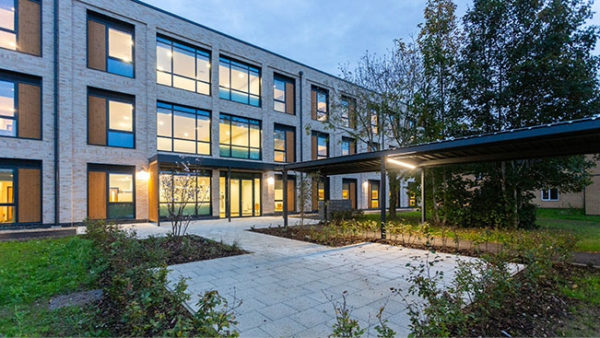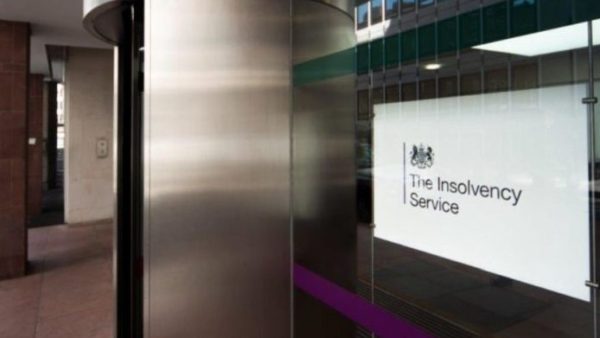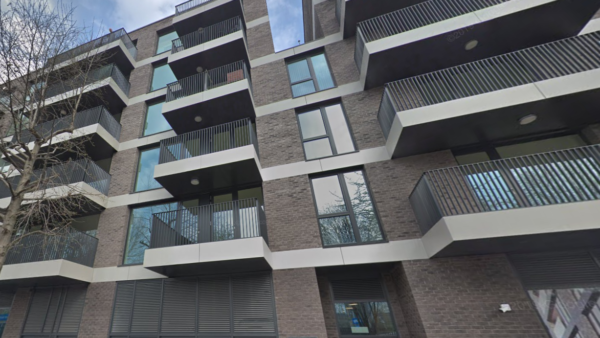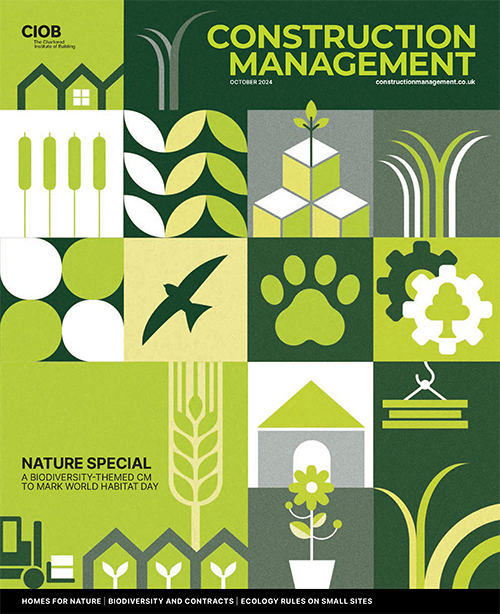A scientist has called for the cancellation of Saudi Arabia’s giga project, The Line, on the grounds that it would be a terrible place to live.
It’s conceived as two, 500m-tall skyscrapers just 200m apart, stretching together for 170km in a straight line across the desert in the kingdom’s Tabuk province.
Nine million people will eventually inhabit this extraordinary structure, according to its promoter, Neom.
But Rafael Prieto-Curiel, a mathematician and research fellow at the Complexity Science Hub in Vienna, has studied the geometry of thousands of cities and says a straight line is the worst possible layout for one.
He predicts that, if it’s ever built, it would be a gigantic canyon with no natural light, requiring enormous amounts of electricity to maintain liveable temperatures.
- Click play to hear a preview of Rafael Prieto-Curiel’s conversation with GCR associate editor David Rogers:
Getting around it would be a nightmare, he adds, with residents forced to spend hours a day on trains and lifts.
“If we stop it in 2023, there are just very minor excavation sites. But if we stop it in 2030, maybe there’s already one million people living there, and that’s when there will be a tragedy because you will have one million people trapped in a very disturbing situation,” Prieto-Curiel says in the latest episode of the 21CC podcast.
Getting around
Neom says a high-speed railway will carry residents from end to end in just 20 minutes. That would mean it travels at 510km/h.
But what if your job is 40km away in one direction from your apartment and the concert you want to attend after work is 70km away in the other direction?
To accommodate similar needs for millions of residents, the train would have to stop every few hundred meters, meaning it would not be fast at all.
Prieto-Curiel’s team tried to make it work with computer simulation. They factored in 500 stations and three separate train lines that skipped an increasing number of stations to give express options.
That could entail several train changes to get to any specific destination.
Whatever the configuration, said Prieto-Curiel, the result was “very slow, as slow as walking”.
Vertical congestion
Getting up and down the structure, which is higher than any building in Europe or Africa, would be just as tricky, he said.
Say you live on the 90th floor in one part of The Line and your workplace is on the 90th floor in another part. Even if there is elaborate provision of express lifts, you will have to spend considerable time getting to and waiting for them.
“So,” Prieto-Curiel posed, “you’re going to be going up and down, up and down in lifts and on public transport every single day of your life?”
These difficulties, he says, show why every city on earth is roughly the same shape: mostly close to the ground and roughly circular, because a circle minimises the distance between any two points within the city’s boundaries. A line does the exact opposite.
- Listen to Rafael Prieto-Curiel’s fascinating conversation with GCR associate editor David Rogers in the latest episode of the 21CC podcast, live now
Comments
Comments are closed.











Please add transcript and links to your stories